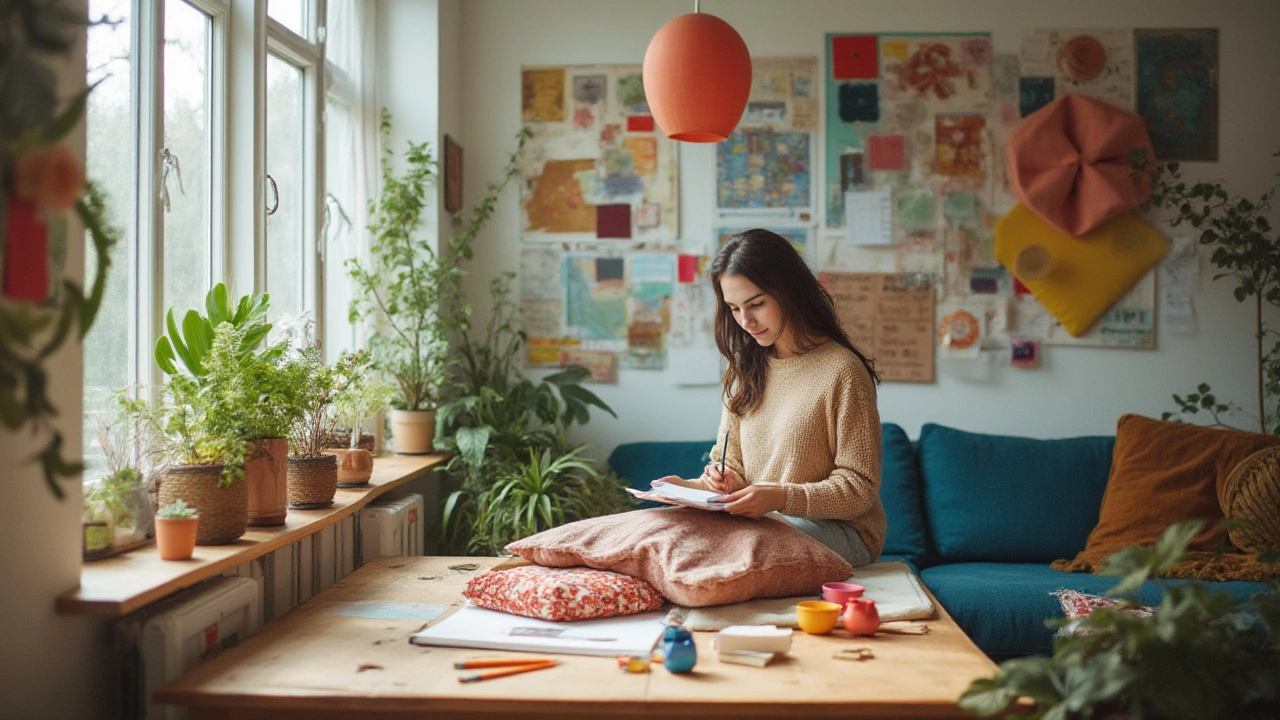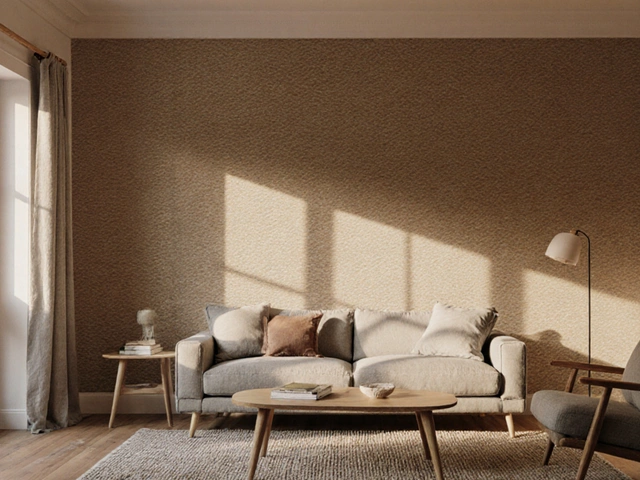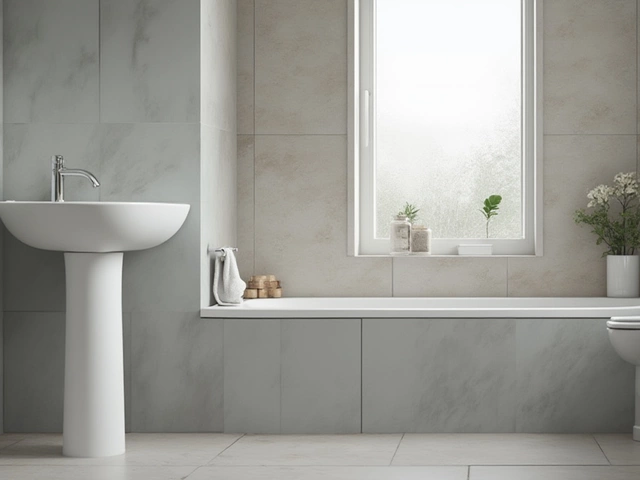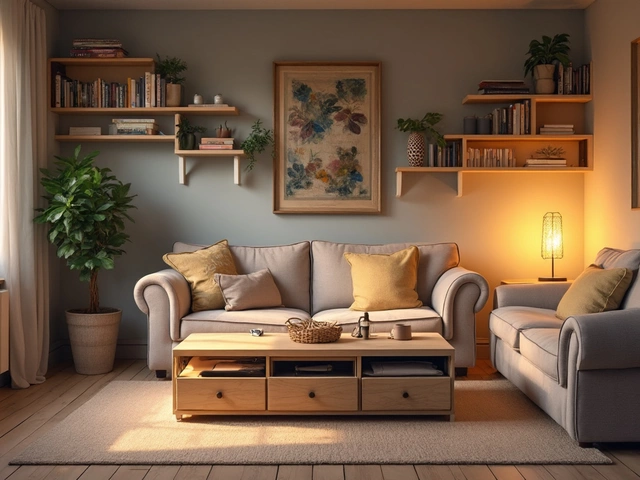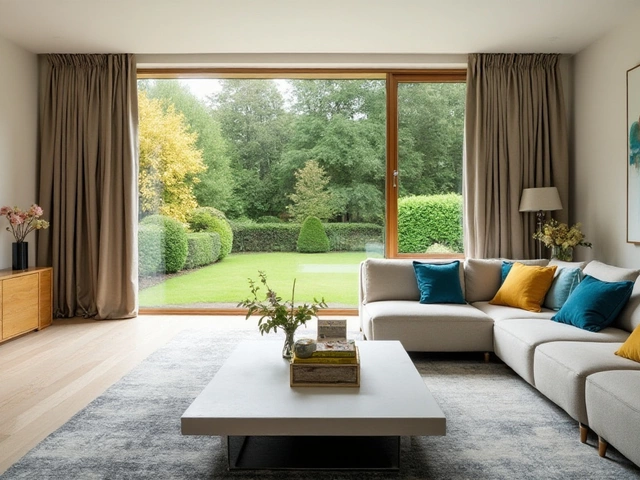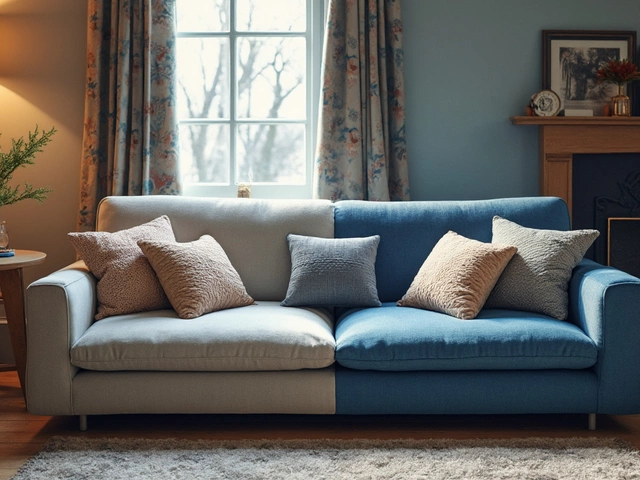Beginner Interior Design: Simple Tips to Get Started
Feeling overwhelmed by the idea of redesigning a room? You don’t need a design degree or a huge budget to make your space look fresh. Below are practical steps you can follow right now, no matter if you’re tackling a tiny bedroom or a whole‑house makeover.
First, think about what you want the room to feel like. Do you need a calm retreat after work, a lively spot for family gatherings, or a functional area for chores? Pinpointing the vibe helps you choose colors, furniture, and accessories that actually serve a purpose.
Start with a Plan
Before you move a single piece, sketch a quick floor plan on paper or use a free phone app. Measure the walls, note where windows and doors sit, and mark existing furniture. This simple map prevents costly mistakes like buying a sofa that blocks a doorway.
Next, set a budget. Decide how much you’re willing to spend on big items (sofa, bed, dining table) and how much you’ll allocate for accessories (pillows, art, plants). Keeping the numbers in front of you stops impulse buys that don’t fit the overall look.
Choose a colour palette early. A neutral base (soft gray, warm beige, or clean white) works for almost any style and makes it easy to add pops of colour later. Pick one or two accent colours—maybe a navy throw or a mustard cushion—to keep the room cohesive.
Quick Wins for Every Room
Living room: Swap out heavy curtains for lighter panels and hang them a few inches above the window frame. This creates the illusion of higher ceilings. Add a rug that’s large enough to anchor the main furniture—ideally, all pieces should sit partially on it.
Bedroom: Keep nightstand height level with the top of your mattress for comfort. If you can’t find a perfect match, use a sturdy box or a low bench. Add a soft throw and a couple of textured pillows to make the bed feel inviting without breaking the bank.
Kitchen: Declutter countertops by storing appliances you don’t use daily. Install a simple magnetic strip for knives or a hanging rack for mugs—both free up space and add a studio‑like feel.
Bathroom: Hang towels on a towel ring placed about 12‑18 inches from the sink for easy reach. Choose moisture‑friendly art like framed prints with waterproof backing, and add a scented candle for a spa‑like vibe.
Don’t forget lighting. A mix of ambient (ceiling) and task (table or floor lamps) lighting works in every room. In the living area, place a floor lamp near a reading chair; in the kitchen, add under‑cabinet LEDs to brighten countertops.
Finally, personalize with accessories you already own. A few well‑placed plants, a stack of your favorite books, or a travel‑souvenir can make the space feel lived‑in without extra cost.
These steps give you a clear roadmap from a blank room to a finished look. Start small, stick to your palette, and remember that good design is about solving everyday problems—comfort, function, and a bit of style. Happy decorating!

